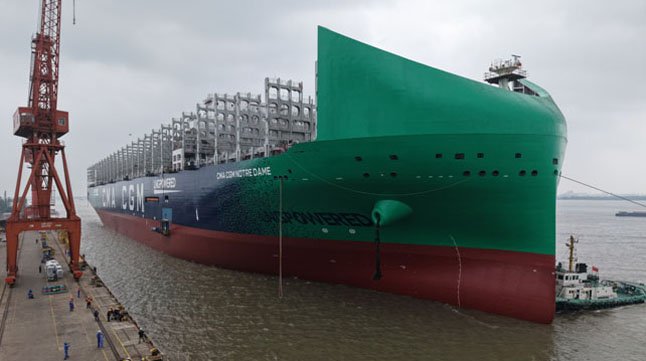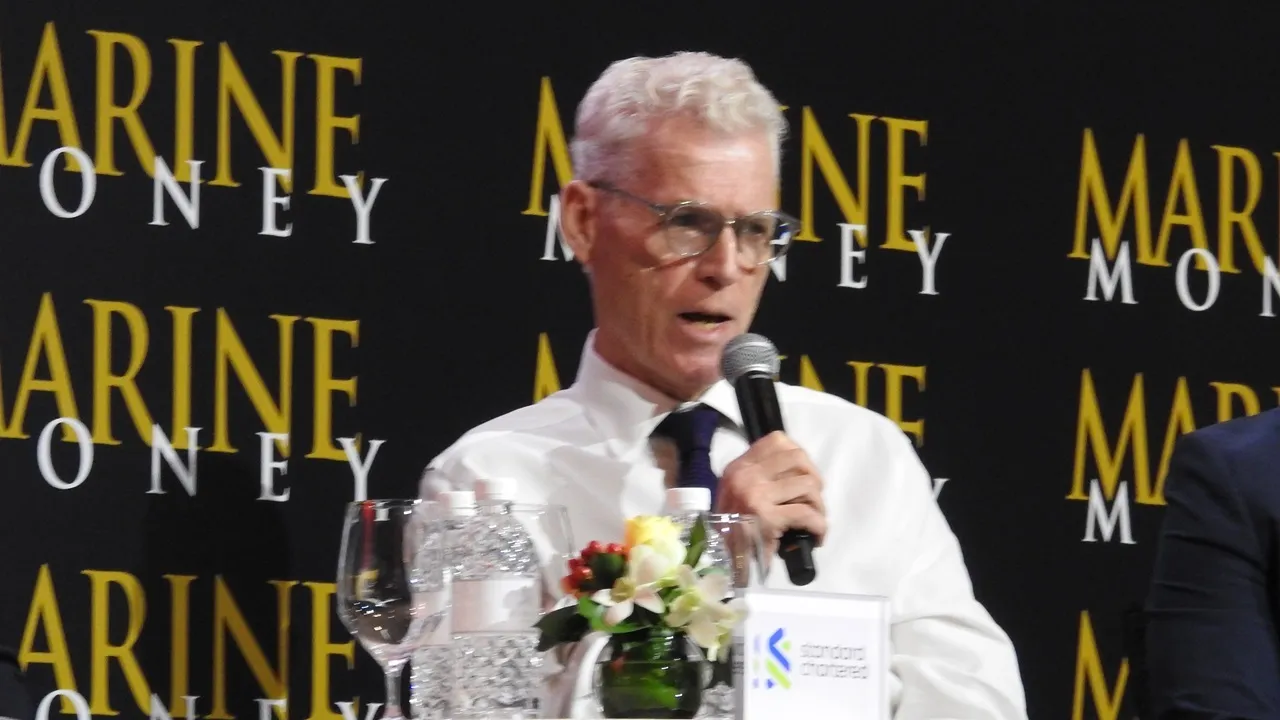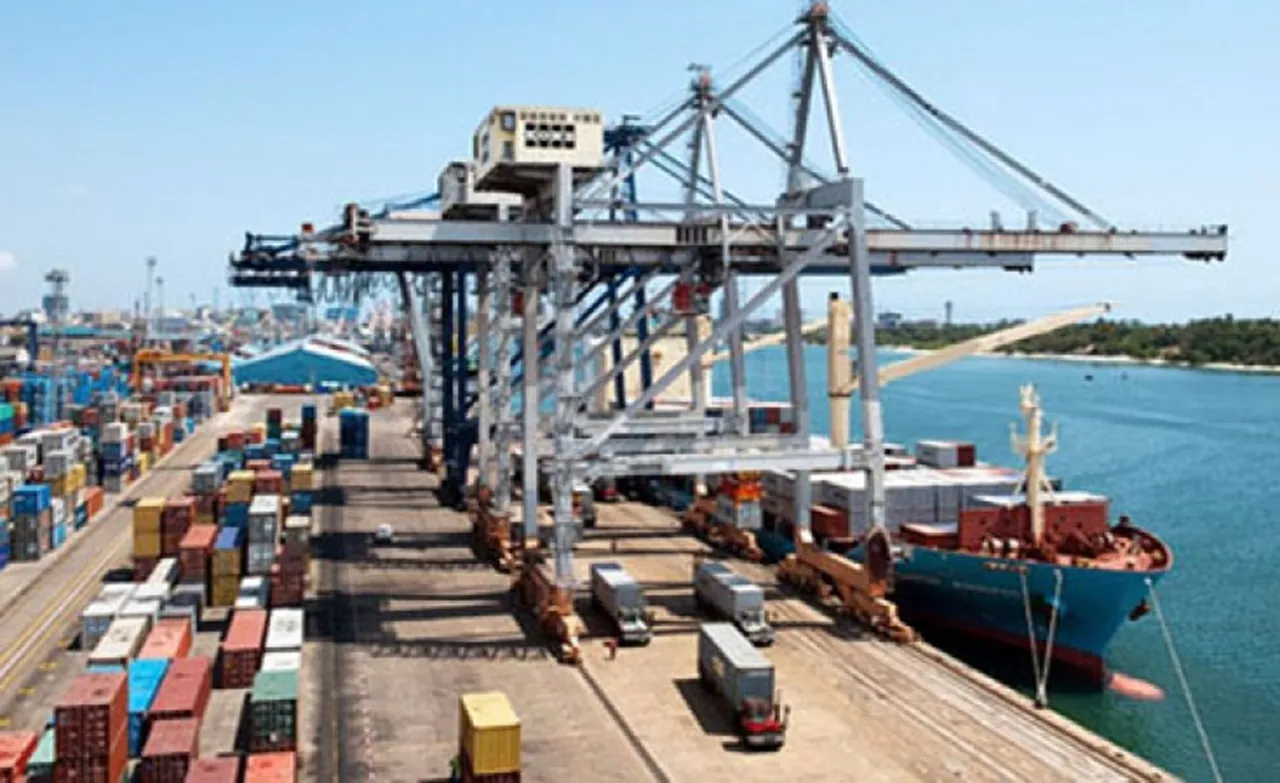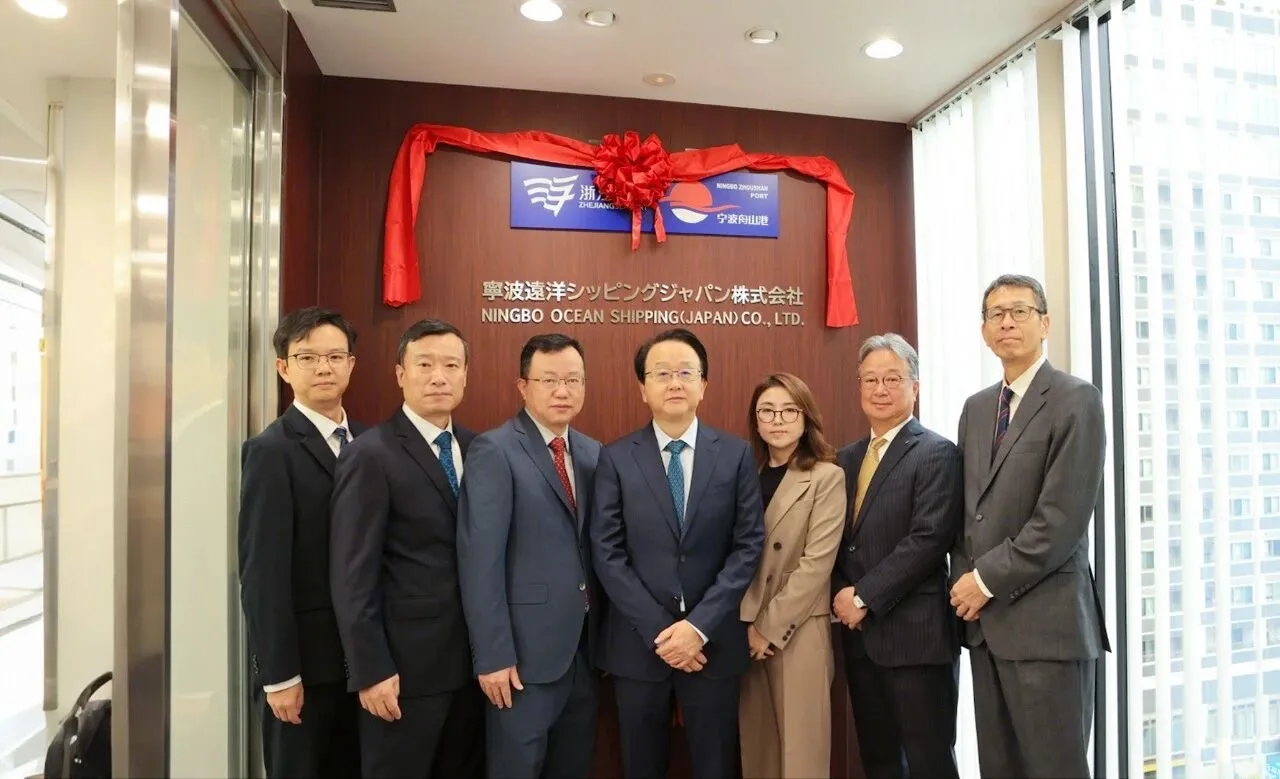Seatrade Maritime: Trade war disruptions less than feared: Port of Long Beach
Port of Long Beach Chief Executive Mario Cordero’s view was that the impacts of tariffs and “trade-war” type disruptions have been far less than had been feared initially.
“The consumer has not seen significant tariff impact given that the manufacturers, retailers and others have shared in some of these costs, and mitigating the price escalation to the consumer.” Both Cordero and the port’s Chief Operating Officer Dr. Noel Hacegaba detailed how cargo movements had been “front-loaded”- with shippers accelerating cargo moves starting in late 2024 and continuing during early 2025 in advance of tariff implementation, leading to 2025 throughputs likely to rival, and possibly exceed the record flows that occurred during 2024.
The cargo throughput for the now finished Fiscal year 2025 (Oct 2024 – Sept 2025), at 10.1 million teu- up 11.1% year on year, actually set a record. However, Cordero cautioned: “That may change as we approach 2026….consumers will likely see price escalation in the coming months, as shippers continue to pass along the costs of tariffs…a higher percentage of these costs will be passed on to the consumer.”
But Cordero’s remarks acknowledged the uncertainties ahead. “We are hoping that this [price increases] will be offset by further trade agreements between the US and China so we can come to a pragmatic resolution that is beneficial to both sides.” He added that: “As you are aware, we currently have a pause in some of those tariffs and fees, so perhaps the good news, as we move forward, is that there will be a more pragmatic solution and certainty in the supply chain…and that’s what we can hope for 2026.”
Hacegaba, in responding to a question about surges and pullbacks in volumes tied to tariff uncertainties, said: “The remarkable thing is that we’re handling more cargo than our record year last year without any backlogs, any congestion, or any delays.”
Talking about other developments Codero, who is set to retire at year end, pointed to ongoing efforts at the port on the data side of the business, environmental stewardship and successful intermodal linkages.
Mentioning the Pier Wind project- an assembly facility to support offshore wind projects to be located at the port, he talked about the need to build out diverse energy sources, which will be necessary to support increased numbers of data centres. He also brought up the Port of LB’s Supply Chain Information Highway- a supply chain data sharing initiative with development spearheaded by Hacegaba.
Looking ahead, Cordero looks for what he calls “a transformation in operations” with extended hours at terminals and greater efficiencies that could ripple through the supply chain. Importantly, he said “we’ve elevated the focus on rail”. Including the Pier B on-dock railyard project which he described as the “the mega rail project of the decade” before noting that Class 1 railroad behemoth BNSF is building the largest intermodal facility in the States, the Barstow International Gateway (BIG) located roughly an hour inland from the port
Related Posts





